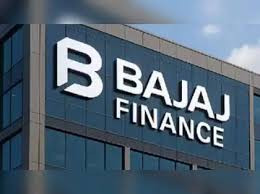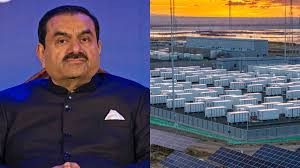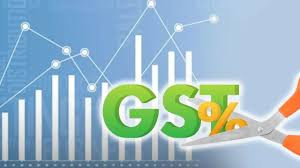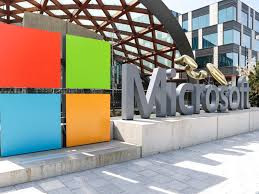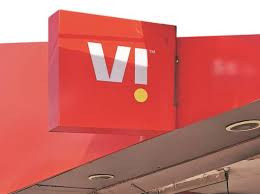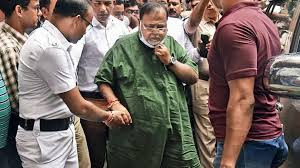India–U.S. Mini-Trade Deal Poised for Final Push, Modi–Trump to Close Agreement Before July 9
IIE DIGITAL DESK : India and the United States appear on the verge of finalizing a scaled-down trade pact ahead of the July 9 deadline, when reciprocal tariffs of up to 26% on Indian goods are set to return.Negotiators led by India’s Rajesh Agrawal have been in Washington since June 27, with official-level discussions concluding around July 2–3. The primary obstacles now lie in resolving politically sensitive issues tied to agriculture and dairy products.
India is resistant to opening its agricultural markets to U.S. imports, citing the risk to its 16% agrarian economy and political concerns stemming from past protests against farm law changes. While New Delhi reportedly softened its stance on allowing certain genetically modified feed items, it remains firm on blocking imports of dairy, corn, soybeans, wheat, and ethanol protection measures that sustain its domestic crop programs.
On the U.S. side, the focus is on securing access to its agricultural exports, along with broader tariff reductions across textiles, leather, footwear, pharmaceuticals, and auto components — sectors vital to India's employment-driven export base.
A senior U.S. source characterized the transition from technical negotiations to a political decision stage, noting, “The two sides have done the talking, now it is a political call… the announcement hinges on the schedules of both the heads of states”. With both Prime Minister Narendra Modi and President Donald Trump expected to endorse the agreement, a public announcement could arrive any time before July 9—possibly within 48 hours.
During this interim agreement, India stands to secure exemptions from imminent U.S. tariffs while agreeing to cuts on select American goods such as nuts, cranberries, auto parts, medical devices, and possibly ethanol under strict conditions. In return, the U.S. may offer reduced tariffs and stronger access for India’s labor-intensive sectors — a vital win for jobs and trade growth.
Markets have responded with cautious optimism. European markets dipped amid uncertainty, but analysts anticipate a boost if India and the U.S. can finalize even an interim deal in time. Washington remains active in its broader trade agenda, hinting at “a flurry” of similar negotiations with allied countries and cautioning global partners ahead of the July 9 deadline.
ADB and Moody’s project these agreements—beginning with the current mini-deal—could ease tension, lower trade costs, and accelerate progress toward ambitious targets like doubling bilateral trade to $500 billion by 2030.
Key hurdles persist. India remains steadfast on preserving agrarian safeguards, particularly for dairy and GM crops. Any compromise in these domains risks domestic political backlash and civil unrest akin to the 2020–21 farmers’ protests. Analysts argue that success may depend on India’s ability to open select non-sensitive agricultural items while maintaining essential protections⎯a delicate balance both leaders must endorse.
You might also like!


